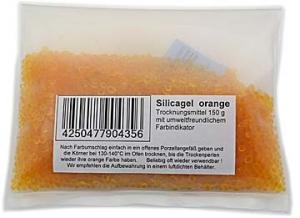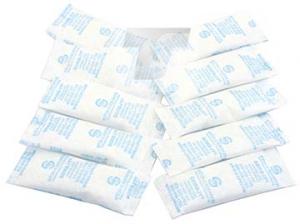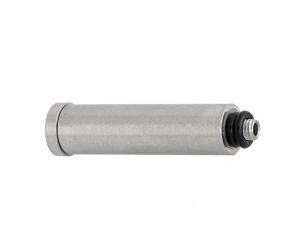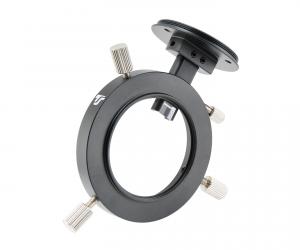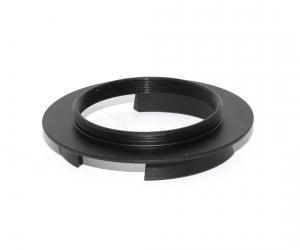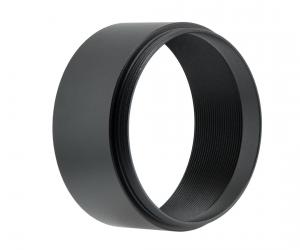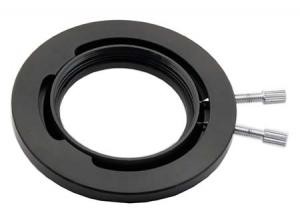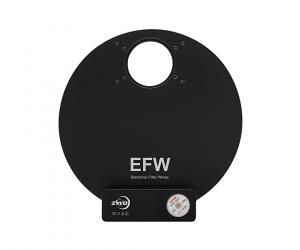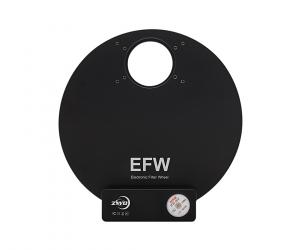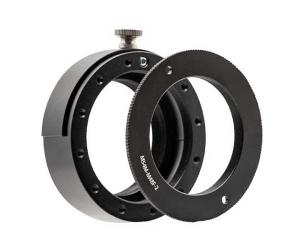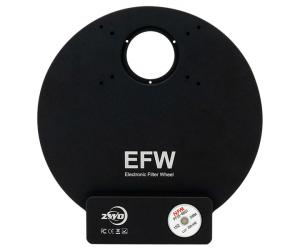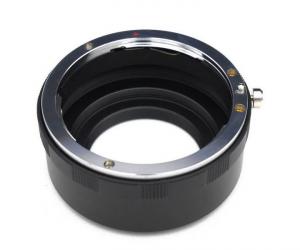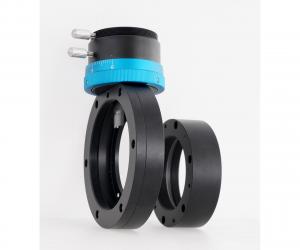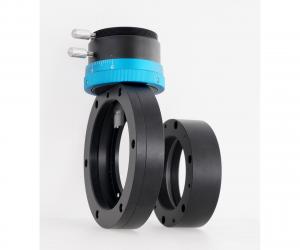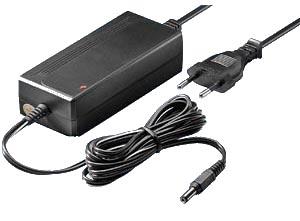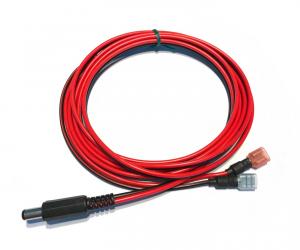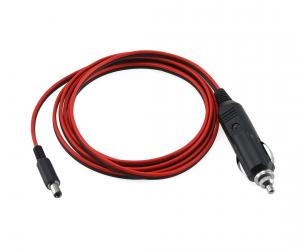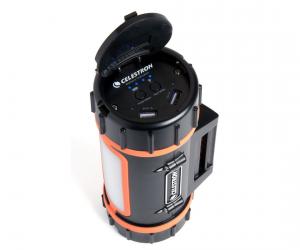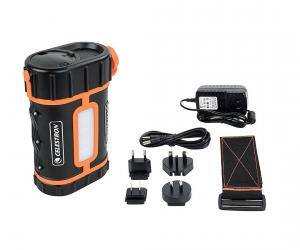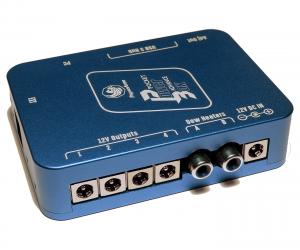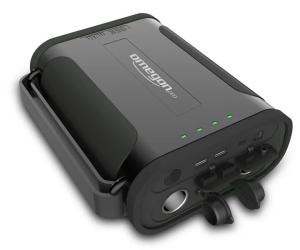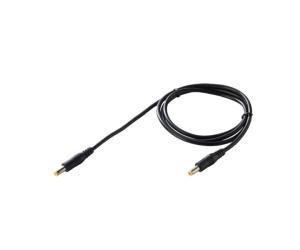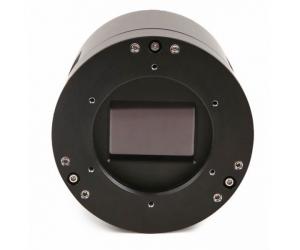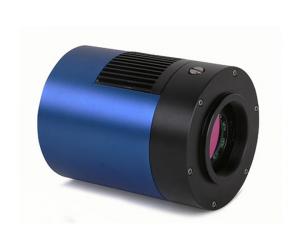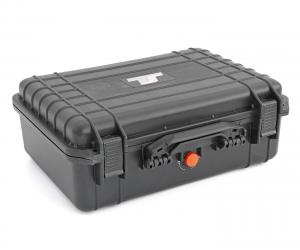- Telescopes
- Overview:
Telescopes - Achromatic Refractor
- Apochromatic Refractor
- Overview:
Apochromatic Refractor - ED Refractor - less color aberration than an achromatic
- SD APO - color free 2-element APO objective
- EDT APO - 3 element ED objective
- High End APO with 3-element APO objective - no color aberation
- Flatfield APO with flat field for Astrophotography
- All Apos and EDs from all manufacturers - large overview
- TS APO and ED from Japan with high quality optics
- Overview:
- Newtonian Telescopes
- Dobsonian Telescopes
- RC Ritchey Chretien Telescopes
- Casssegrain Telescopes
- Reflektor Telescopce with Lens Correcture
- Maksutov Cassegrain Telescopes
- GoTo Telescopes
- Solar Telescopes H-Alpha
- Overview:
- Mounts Tripods Rings Rails Power Supply ...
- Overview:
Mounts Tripods Rings Rails Power Supply ... - Mounts Equatorial with GoTo
- Mounts Equatorial without GoTo
- Mounts Azimutal with GoTo
- Mounts Azimutal without GoTo
- Mounts GoTo - Harmonic Drive
- Travel mounts for astro imaging
- Tripods Piers Polar Wedges
- Mount Control & Electronics
- Dovetail Clamps, Plates and Mount Adapters
- Tube Rings
- Power Supply
- Counterweights Balance Weights
- Mount Accessories - Other
- Overview:
- Telescope Accessories
- Overview:
Telescope Accessories - Eyepieces
- Barlows & Reducer Lenses
- Diagonal Mirrors and Prisms
- Binocular Viewers
- Finder Scopes
- Telescope Collimation and Test
- Cleaning Tools
- Transport and Storage
- Dust protection for Telescopes & Accessories
- Stray Light Protection
- Dewcaps and Heater
- Focusers, Adapters, Motorfocus
- Telescope DIY & Improvement
- Other telescope accessories
- Replacement Parts
- Overview:
- Filters
- Overview:
Filters - Color Filters and Color Filtersets
- Nebular Filters for Visual Observing
- Neutral-Density and Polfilter
- Photo Narrowband Nebular Filters
- Photo Broadband Filters
- Photo Planetary Filters
- Photo R-G-B and IR Cut Filters
- Photo - Filtersets
- Photometric Filters
- Clip Filter for DSLR Cameras
- Filter Wheels and Filterslider
- Solar Filters for white light
- Solarfilter for H-Alpha and Calcium
- Overview:
- Adaptors
- Overview:
Adaptors - Adapter 1,25" and 24,5mm
- Adapter 2"
- Adapter T2 - M42x0.75
- Adapter M48x0,75
- Adapter M54
- Adapter SC
- Adapter M63
- Adapter M68
- Adapter to other Threads
- Adapter Extensions
- Adapter camera bayonet
- Adapter Objective Filterthread
- Adapter Quick Changing , Rotation
- Adapter Eyepiece Projection
- Adapters Tilting
- Overview:
- Astrophotography and Photography
- Overview:
Astrophotography and Photography - Cooled Cameras
- Cameras without Cooling
- Deep-Sky Cameras uncooled
- Set-Offers Camera, Filter, Wheels
- Acessories for Cameras
- Travel mounts for astro imaging
- Imaging Correctors for Telescopes
- Autoguiding Cameras & Sets
- Everything for Guiding
- Focusing aids - Bahtinov mascs
- Flat Field foils and boxes
- Lenses for Cameras
- Piggyback Camera Holder
- Camera Bags, Photocases & more
- Digital Camera and Smartphone Adapter
- Other photo accessories
- Overview:
- Binoculars, Spotting Scopes, Microscopes, Range Finders
- Overview:
Binoculars, Spotting Scopes, Microscopes, Range Finders - Spotting Scopes and Acessories
- Roof Prism Binoculars
- Binoculars with Porro prisms
- Binoculars from 100mm Aperture
- Binoculars with 1,25 inch eyepieces
- TSMX APO Binoculars
- Binoculars for Astronomy
- Binoculars Hiking Bird watching
- Monoculars - Opera Binoculars
- Accessories for Binoculars
- Range Finders
- Microscopy
- Bags for Phototripods & Binoculars
- Overview:
- Phototripods and Binomounts
- Books, Software
- Overview:
Books, Software - Books for Astronomy Beginners
- Star Charts and Planispheres
- Books about our Solar System
- Observing Tips for Amateurs
- Popular Astronomy Literature
- Teaching material
- Astrophotography books
- Telescopes, Observatories, Construction
- Calendars Yearbooks
- Software, Star Charts
- Books for Microscopers
- Books Nature and Animals
- Nature Photography TimeLapse
- Overview:
- Night Vision, Magnifiers, Weather, Domes & more
- Beginner Astronomy and Gift Ideas
- Second Hand & Special Offers
- New products
Manufacturer: -TS Zubehör
Product number: TS2600MP-G2
EUR1999.00new
EUR 1.999,00RRP EUR 2.480,00you save 19.4% (EUR 481,00)
incl. 19 % VAT (DE)
The VAT indicated refers to that applicable in Germany. After logging in, the VAT amount is adjusted to the applicable VAT of the stored delivery country. Therefore, the final price may vary accordingly.
excl. 6.95 € shipping costs (DE)
more details to the shipping costs ...Please log in to calculate shipping costs to your country.
There are no reviews for this product
- Details..
- Technical data..
- In the box..
- Reviews..
- Download..
- Manufacturer infos..
- Safety informations..
TS 2600MP Mono Astro Camera of the latest Generation
The camera with the powerful Sony IMX571 sensor allows astrophotography on a very high level. This cooled CMOS sensor has no amplifier glow anymore and can be used for all areas of astrophotography. Due to the high resolution of the sensor, already fine details are displayed even at shorter focal lengths.Another advantage is the sensational light sensitivity. The QE of 91% by the BACK ILLUMINATION technology already allow deep astro images with short exposure times. This makes the camera very well suited for deep sky photography.
Gen. 2 supplied with removable T2 adapter
To make the camera even more flexible, the T2 connection on the camera is removable. The working distance of 17.5 mm remains unchanged.Back-illumination technology:
Sony´s back-illuminated CMOS imaging sensor improves sensitivity and noise reduction - key factors in improving image quality - by changing the basic pixel structure from front- to back-illuminated. The advantages of CMOS image sensors, such as low power consumption and high operating speed, have been retained.The back illumination improves the light acquisition and increases the amount of light at the same time. This makes significantly shorter exposure times possible and leads to an improved quantum efficiency of 91 %.
Sony has developed a unique photodiode structure and on-chip lens optimized for backside-exposed structures, this results in higher sensitivity and lower random noise without light by reducing noise, dark current and defective pixels compared to the conventional front-side-exposed structure.
No amp glow:
Conventional CMOS sensors produce a faint infrared light source during operation, which can often be seen as a telltale sign of "amp glow" in the corners of uncalibrated images. Because this camera´s sensor uses zero amp glow circuitry, you don´t have to worry about "amp glow" even when using high-gain, long-exposure images.Optimal support before and after purchase through Teleskop-Service
Through many years of experience, we can offer you optimal advice and also a very good after-sales service. We can perform almost all services at our premises. For a professional service we have among other things also a clean cabinet, where we can carry out repairs, cleaning etc. under dust exclusion.Connection to correctors with M48 thread and 55 mm working distance with filter change
Most coma correctors or field flatteners for refractors have 55 mm working distance and a M48x0.75 thread on the camera side. Here you will find an interesting suggestion for the connection. The camera has a back focus of 17.5 mm from the T2 female thread. The adapters are from the camera to the corrector:1. TSFSLM48T2 - filter drawer with T2 connection on the camera side and M48 thread on the telescope side.
2. TSVF220 - 20 mm M48 extension.
Total 55.5 mm flange focal distance - the 0.5 mm compensates well for the glass path of the filter - spot landing!!!
The new G2 cameras are also mechanically compatible with ZWO filter wheels (not electronically compatible) and the ZWO filter drawer. The filter changers are screwed on directly via the M2.5 threads. The articles are linked in the accessories section.
Connecting the ToupTek filter drawer and the ToupTek off-axis guider to a cooled ToupTek G2 camera is not completely intuitive, which is why ToupTek has produced a suitable instruction video. You can watch the video here and also download it, for example by clicking the right mouse button:
Video in SD quality
Video in HD quality
The manufacturer of the camera is ToupTek
As one of the largest manufacturers of professional cameras for digital photography, ToupTek brings the necessary knowledge for cameras that just work. Teleskop Service receives the cameras directly from the manufacturer, we are in direct contact with ToupTek to provide you with first class service.Product videos
Teleskop-Service has made an overview video for ToupTek´s cameras:A second video deals with the setup and configuration of the cameras:
Informative PDF files about the TS-Optics/ToupTek cameras
We have made two helpful PDFs about some cameras from TS-Optics.The first one gives general information about many cameras, it is in German language and can be downloaded here.
The second PDF lists information about some camera sensors, you can download it here.
Driver and Software
ToupTek provides drivers and software for this camera, you can download them here.Good storage is an important preventive measure against dew and also extends the service life
After use, put the camera straight into the TS Protect Case and add some silica gel. During storage, the silica gel absorbs the moisture from the camera. At the same time, the penetration of moist room air is prevented. Dry storage can even partially regenerate the small desiccant tablets in cooled cameras. Your camera or accessories are always ready for you in optimum condition. You can find the silica gel and the case in our product recommendations.The cameras are not airtight, so if the camera remains on the telescope, it is exposed to moisture. The small amount of desiccant in the camera can protect the sensor and the inside of the protective glass from moisture for the duration of the exposure, but not for days on end. Moisture problems can be the result. A simple trick is to stretch a plastic bag around the focuser to which the camera is attached so that no air can get in. Silica gel is placed in a small cloth bag inside the plastic bag. This will also create a "dry climate zone" for the camera on the telescope. This allows you to leave the camera on the telescope for a few days for an imaging session lasting several days.
In the medium and long term, however, this is no substitute for proper storage in an airtight case with silica gel.
Astrophotographic results achieved with this camera on Astrobin
Here you can find some astrophotographs taken with this camera model: Link to Astrobin| Sensor: | CMOS Mono Sensor IMX571 |
| Size: | 23.5 x 15.7 mm - diagonal 28.3 mm |
| Pixel size: | 3.76 µm |
| Number of pixels: | 6224 x 4168 - 26 MP |
| Bit depth: | 16 |
| Frames per second: | 7 frames at full resolution |
| Cooling: | Peltier cooling up to 35 °C below ambient temperature |
| Power supply: | 12 V 3 A |
| Power connection: | 5.5/2.1 mm coaxial power connector (2.5 mm DC connector) |
| Interfaces: | USB 3.0 and USB 2.0 |
| Supported operating systems: | Windows from XP |
| Body diameter: | 80 mm |
| Body length: | 100 mm |
| Distance from the back to the openings for the fan: | 36 mm |
| Connection telescope side: | T2 internal thread (M42x0.75) |
| Back focus: | 17.5 mm (distance sensor to internal thread) |
| Back focus with T2 male adapter flange: | 12.5 mm |
Astrophotographic results achieved with this camera on Astrobin
Here you can find some astrophotographs taken with this camera model: Link to Astrobin| Manufacturer / Importeur: | Teleskop-Service Ransburg GmbH |
| Street: | Von-Myra-Str. 8 |
| ZIP / City: | 85599 Parsdorf |
| Country: | Germany |
| Telefon number: | +49 89 99228750 |
| Email: | info@teleskop-service.de |
| Website: | www.teleskop-express.de |
Safety informations: PDF Download
Recommended accessories
Customers who bought this product also bought...
General Accessories
Photo Acessories
TS-Optics Off-Axis Guider TSOAG9 - Length only 9 mm
EUR 119,00RRP EUR 159,00you save 25.2% (EUR 40,00)
ZWO Electronic Filter Wheel for 7x 36 mm filters - larger version
EUR 299,00RRP EUR 429,00you save 30.3% (EUR 130,00)
TS-Optics Filter Changer - Telescope Side M48 Female - Camera Side T2 Male
EUR 79,00RRP EUR 99,00you save 20.2% (EUR 20,00)
ToupTek Large Off Axis Guider OAG X with 14x10 mm prism
EUR 269,00RRP EUR 289,00you save 6.9% (EUR 20,00)
Power Supply
Similar Products
TS-Optics ToupTek Color Astro Camera 294CP Sony IMX294 Sensor D=23.2 mm
EUR 899,00RRP EUR 1.099,00you save 18.2% (EUR 200,00)
TS-Optics ToupTek Monochrome Astro Camera 492MP Sony IMX492 Sensor D=23.1 mm
EUR 1.566,00RRP EUR 1.699,00you save 7.8% (EUR 133,00)
TS-Optics ToupTek SkyEye24AC Full Frame Color Astro Camera, cooled - Sensor D=43.3 mm
EUR 2.399,00RRP EUR 2.990,00you save 19.8% (EUR 591,00)
TS-Optics ToupTek Cooled Mono Astro Camera 183MP, Sony IMX183 Sensor, D=15.9 mm
EUR 999,00RRP EUR 1.290,00you save 22.6% (EUR 291,00)
Transport & Covers
TS-Optics Protect Case waterproof hard case - width 407 mm
EUR 54,90RRP EUR 69,00you save 20.4% (EUR 14,10)
TS-Optics Protect Case waterproof hard case - width 470 mm
EUR 69,90RRP EUR 84,90you save 17.7% (EUR 15,00)
Reviews




























